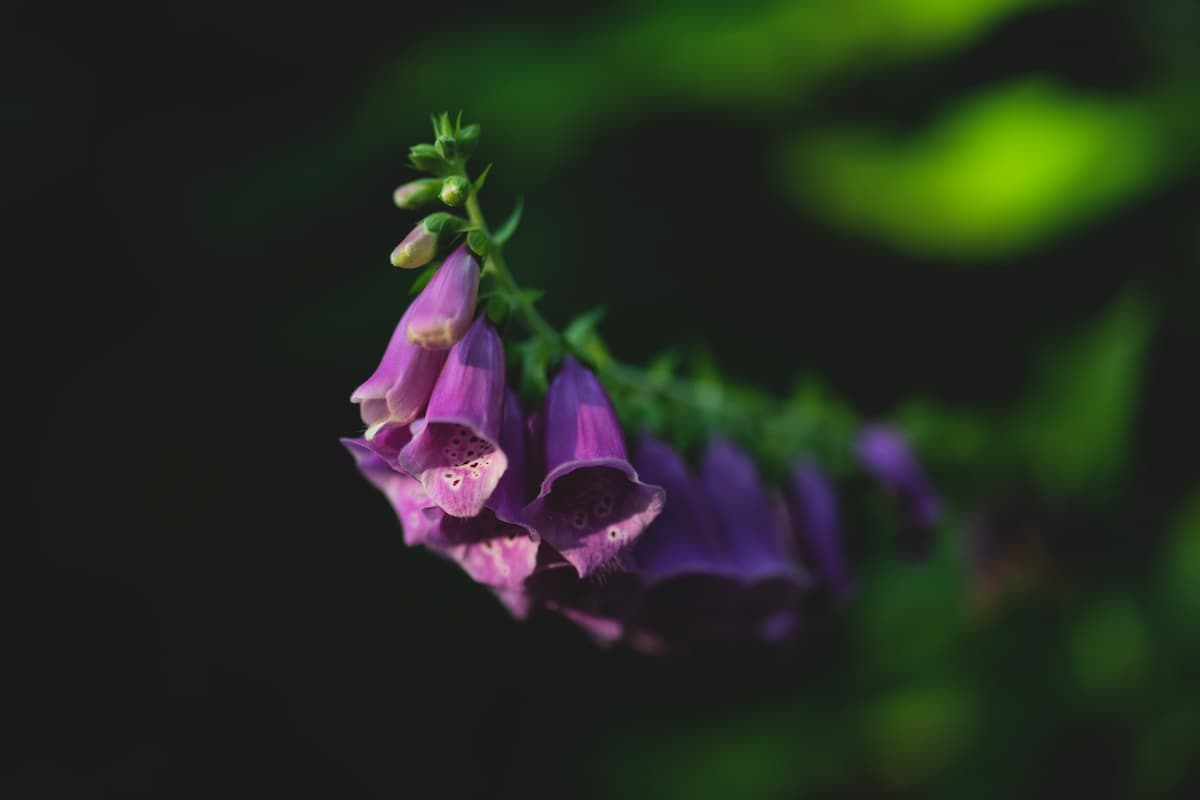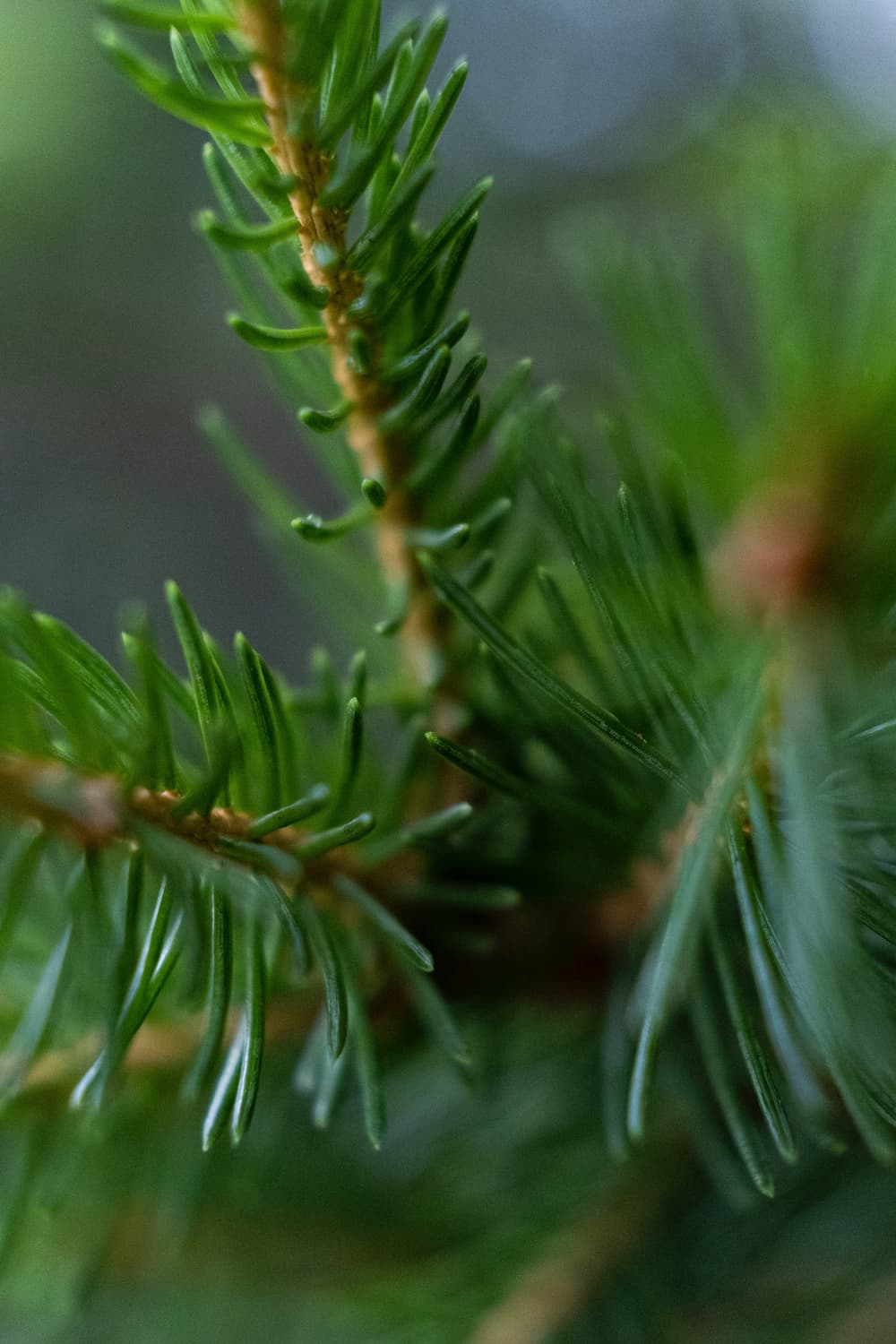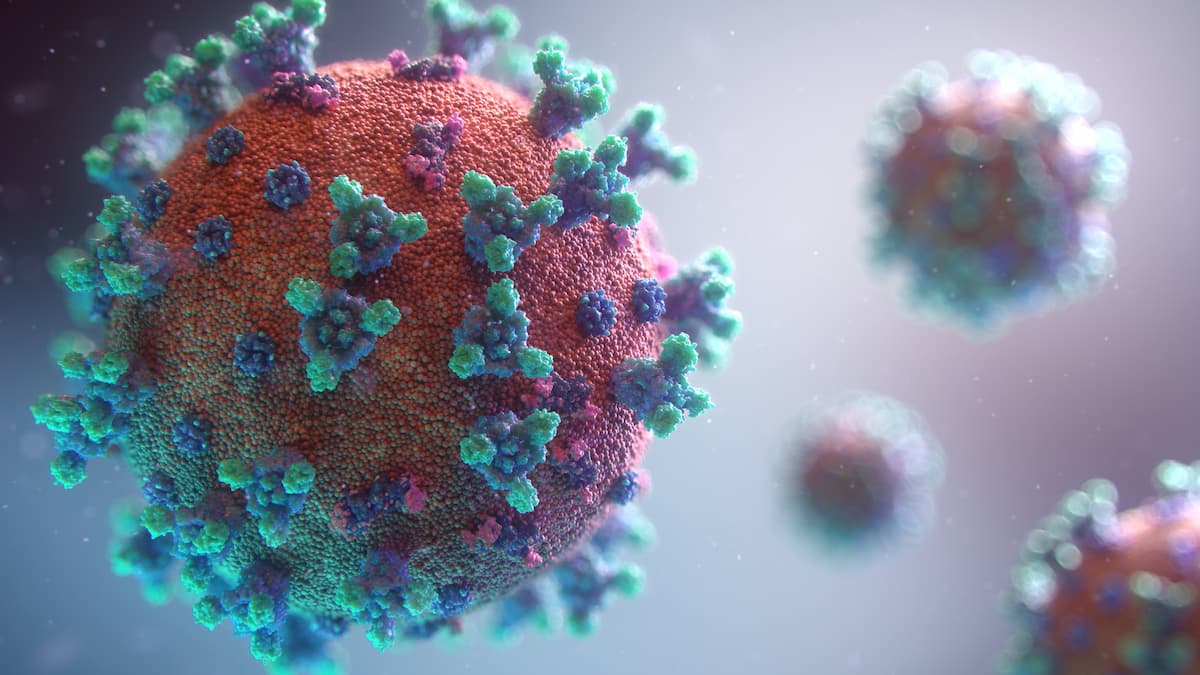Vaccines, Spike Proteins, Viral Shedding, and Pine Pollen
Do Pine Needles Prevent Viral Shedding Due to COVID Vaccination?
The issue of viral shedding due to COVID-19 vaccination has become somewhat of a—well—viral topic.
This topic has been placed on our radar here at RAW Forest Foods due to the misinformation claiming that pine needles, specifically pine needles from the white pine tree (Pinus strobus), contain a synthetic compound known as suramin.
Below, I will address both the substance of the claim—whether pine needles contain suramin—and the premise of the claim—that COVID vaccination results in spike protein viral shedding.
Before diving into the post, I find it essential to note the following:
- I have no expertise in surmain or in shikimic acid. I based the following on my best research and is an extrapolation of its findings. Please let me know if I missed something—I appreciate learning from my errors.
- I have a particular abhorrence toward misinformation (and outright lies) in the health and wellness community. Plants are medicine. But untruths within the community hurts the community. The degree of untruth and misinformation shown here goes even further than merely hurting and discrediting the Phyto-Therapeutic use of plants—it is unequivocally dangerous.
Question: Do Pine Needles contain Suramin?
Answer: Pine needles do not contain suramin.
But, I'll repeat it, so it is explicitly clear: I am not a suramin expert. However, I did go deep into the research, which you'll see.
Currently, I can find no validated sources supporting the claim that pine needles contain suramin. On the contrary, ample evidence demonstrates that suramin is a synthetically produced compound. Now, with that said, plenty of drugs are synthetically produced from compounds present in plants—present in nature.
White Willow, Aspirin, and Salicylic Acid
In the case of aspirin, the active ingredient is acetylsalicylic acid (ASA). Acetylsalicylic acid is synthesized from a naturally occurring plant hormone called salicylic acid, which is present in White Willow Bark.
I keep several White Willow Bark tincture bottles around as part of my herbal first aid kit. Acetylsalicylic acid is not found in While Willow Bark, but it is made from—it is synthesized from—salicylic acid, which is found in While Willow Bark.
Foxglove and Digoxin

One of my favorite plants to grow in the garden is foxglove. A widespread medication used in hospitals around the world is Digoxin. Digoxin is used to manage atrial fibrillation, atrial flutter, and heart failure, and it does so by modifying how muscle cells use sodium and calcium.
Digoxin is synthesized from foxglove.
The point here is that it is not impossible—in fact, it is common—to have synthetic compounds of plant origin.
Saying that suramin is synthetic and doesn't come from pine needles is not sufficient. We still need to know its actual source.
So, what is the origin of suramin?
The History and Source of Suramin: Where Does Suramin Come From?
Suramin was first synthesized in 1916, in Germany, by chemists Oskar Dressel, Richard Kothe and Bernhard Heymann, for Bayer. Bayer still holds the patent today, selling the drug under the trade name Germanin.
Suramin was originally developed as a treatment for African sleeping sickness, and it continues to be used for this purpose today.
Question: Where Does Suramin Come From?
Answer: In 1904, chemist Paul Ehrlich synthesized trypan blue, a chemical dye.
Noticing that the dye would accumulate in the parasite that spread African sleeping sickness (Trypanosoma), chemists Oskar Dressel, Richard Kothe and Bernhard Heymann began refining increasingly potent derivatives of the dye.
Eventually, the team produced suramin—which they called Bayer Molecule 205.
Now, if you're like me, you're wondering what the source of trypan blue is. trypan blue was first direvied from urea present in The answer is that even before trypan blue became transformed into molecule 205/suramin/Germanin, it was derived from naphthalene urea in present in Afridol violet.

Question: Does Suramin Come From Pine Needles?
Answer: Suramin does not come from pine needles.
This is not the same question as "Do pine needles contain suramin?" because, as shown above, a chemical can be synthesized from a compound present in a plant even if the plant does not contain that compound.
Here, asking the question "Does suramin come from pine needles?" is asking whether or not it comes from a compound synthesized from a compound in pine needles.
It does not.
Suramin is a synthetic compound that bears virtually no resemblance to the benzopurpurine naphthalene urea it began its journey as.
I will work on building out the citations in this post, and for now please read more about the history and production of suramin here, here, here, and here. These articles are heavily referenced in this text.
Pine Needle Tea, Suramin, and Shikimic Acid
An additional element in the misinformation around pine needles and suramin is relating suramin to shikimic acid, implying that suramin is a derivative of shikimic acid. It is not.
Shikimic acid, a carcinogen, occurs in Chinese star anise (Illicium verum) and tree fern fronds, which are commonly eaten as fiddleheads. Roasting the fronds deactivates the carcinogenic properties of shikimic acid. Therefore, it is highly recommended to roast the fronds before consumption to make them safe.
The most prevalent use of shikimic acid is as a starting base material in the synthesis of Tamiflu. In the production of Tamifu, the shikimic acid is sourced not from a plant, pine needles, or even Chinese star anise, but from manufactured recombinant DNA sourced from E. coli.
Shikimic Acid and Pine Needles
In 2010, the University of Maine researchers demonstrated that they could extract shikimic acid from the needles of several pine tree species. This means that pine needles contain shikimic acid. However, this doesn't imply that pine needles have any of the antiviral properties of Tamiflu, although I'm eager to learn more about this.
Question: Does Pine Needle Tea Prevent Viral Shedding from COVID-19 Vaccines?
To answer this, we must delve into the premises of the misinformation.
At present, there are two different "types" of COVID-19 vaccines available: Messenger RNA (mRNA) vaccines (Pfizer and Moderna) and viral vector vaccines (Johnson & Johnson and AstraZeneca/Oxford). Because neither the mRNA vaccines nor the viral vector COVID-19 vaccines contain live viruses, no viral shedding occurs due to vaccination. That is, no live virus, no spike protein, and—thus—no viral shedding.
This is not an issue of the amount or degree: There is zero live virus and, as such, zero shedding. For shedding to occur, as with COVID-19 infection and is how the coronavirus spreads, the virus must first replicate within the body.
For viral replication to occur, the virus must first be present. As this class of vaccines do not contain the virus, there is no virus present to replicate.
For an overview of the different types of COVID-19 vaccines and how they work, I recommend the two following videos.
The first video provides more of an overview of the vaccines:
The second videos providees a deep-dive and a rich resource for information:
COVID-19 Vaccines and the Risk of Viral Shedding
Before the start of widespread COVID-19 vaccination, people didn't know whether fully vaccinated individuals could transmit the virus if they got infected.
What we have now learned is that because of the high level of efficacy of the vaccines and the immune response from them, should a fully vaccinated person be infected, their viral load is so small—so insignificant—that virtually no shedding and no transmission of the virus, of the spike proteins, occurs.

The risk of spike protein viral shedding and the COVID-19 vaccine resides in those who are unvaccinated transmitting the disease.
If an unvaccinated person (or those vaccinated people with certain autoimmune disorders) becomes infected with the virus, they can shed the spike proteins to others, risking the long-term health and the lives of those around them.
The Benefits of Pine Needles and Pine Needle Tea
Pine needles and pine needle tea can be beneficial for health, and there is even a high likelihood that they would help support the body in preventing, fighting, and healing from a viral infection (they do contain vitamin C).
We will explore the benefits of pine needles in a subsequent blog post here.
In Conclusion
Based on my knowledge and research, suramin is neither present in pine needles nor a derivative of shikimic acid.
As stated in the introduction, this topic is not the focus of my expertise. l am open to learning more. If there is contradictory evidence, please share it.
The risk of viral shedding is among the unvaccinated population (even more so with the presence of the Delta variant).
COVID-19 vaccines do not cause viral shedding as COVID-19 vaccines do not contain live virus.
Recent Posts
Understanding Our Forest Aurum Pine Pollen Nectar Tincture
Unlocking the Potency of Pine Pollen Forest Aurum Pine Pollen Nectar Tincture represents the c...
Unlocking the Secrets of Tongkat Ali: Tradition, Authenticity, and the Power of Natural Healing
Tongkat Ali: A Beacon of Authenticity in the World of Herbal Medicine In our quest to recover o...
Building Product Stacks and Cycles
Unlocking the Intricacies of Stacking, Combining, and Cycling Herbs and Products for Optimum Benefit...
Unlocking the Vital Role of Estradiol in Male Sexual Health: Looking Beyond Testosterone
Exploring the Complex Interplay of Estradiol and Androgens in Male Sexual HealthBeyond the Shadows o...
Witches' Qi Elixir: Eleven Cauldron Flavors
All Hallows Evening: Celebrating Growth, Death, Renewal, and the Mystical Cycles Eleven Cauldron...
Unstandardized Extracts
A Dedication to Excellence Over Quantity In the upcoming week, we are thrilled to reintroduce a...






